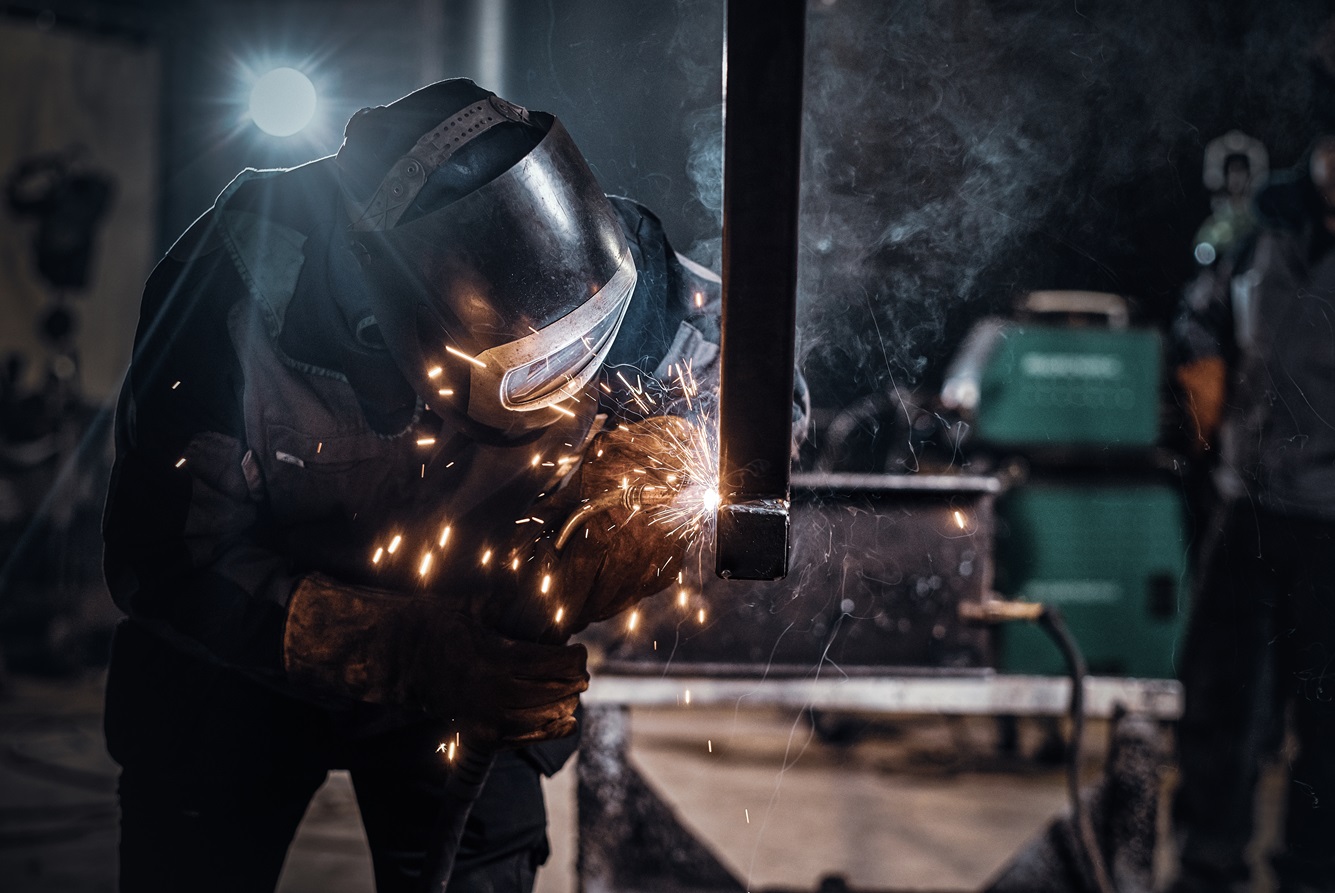

Look around you and spot all the metal objects. Can you see the different shapes, bends, and holes in them and how they have been assembled? All of it is achieved through metal working.
Metal working is the process of deforming metals through various techniques, such as metal punching, metal notching, cutting, bending, etc. Multiple tools are used in these distinct techniques.
One can achieve perfection only by using the right set of tools. If you are a hobbyist and curious about these tools, you are in the right place.
Read on to learn which are the different tools used in metal works.
Metal punching is the process of creating holes within the perimeter of the sheets using a die. It is a crucial process for the assembly of parts and machines and has evolved over the decades.
The various tools used for metal punching are:
Punch Presses: Punch presses are the most commonly used tools for metal punching. They come in various sizes and forms. From handheld tools to CNC-operated punches, they are very popular for distinct jobs. They use a punch and die mechanism to carve punches in the metal sheets.
Selecting the right tools and machines for the underlying job is also a skill. A handheld punch is good for an intricate and small-scale job, but it won’t work for an industrial, complex operation that requires a million punches. This is where CNC punches come into play. They are known for their precision and repeatability. The machines rely on computers to punch complex designs and high-volume production.
Hydraulic Punches: As the name suggests, hydraulic presses use a hydraulic mechanism to carve the punches. Hydraulic punches are used for heavy-duty tasks and thicker metal sheets, where press punches aren’t effective. The secret lies in the immense forces that hydraulic machines are capable of wielding, which makes even the thickest metals to yield. Hydraulic punch drivers are also available in different shapes and sizes. They are portable as well as permanent.
Metal bending is bending metals into a specific shape or pattern at a certain angle for further assembly or operation. The science of metal bending lies in determining the correct bend angle and tools to achieve the right bend without breaking the metal.
The popular metal bending tools are:
Press Brakes: Press brakes are popular for metal bending, as they use a punch and die mechanism to bend the metal. Press brakes are available in manual, hydraulic, and CNC versions, with the latter offering enhanced automation and precision. Press brakes are usually used for metal sheets.
Tube and Pipe Benders: These tools are specifically designed for bending cylindrical metal, such as tubes and pipes. They create smooth bends without breaking the metal, as two edges bend, and thus, they need a distinct skillset for bending these. These are used primarily for automotive manufacturing, plumbing jobs, and HVAC operations.
Hydraulic Bending Machines: Hydraulic bending machines have been popular for decades. The hydraulic mechanism has immense force, making them useful for heavy-duty metals.
Metal cutting removes excess metal from a sheet or workpiece to achieve the desired shape. A good metal cutting is required to ensure a clean and precise cut.
Some common metal-cutting tools are:
Metal Shears: Metal shears are one of the oldest and most popular tools for cutting metal. These are divided into handheld shears, hydraulic shears, and CNC shears. Manual shears are still used for smaller operations. They use sheer force on a punch that cuts the metal in one swift motion.
Plasma Cutters: In plasma cutting, ionized gas is used to cut through the metal quickly. These are used for thicker metals quickly and cleanly. Plasma cutting is often used for intricate shapes and is suitable for various metals, including steel, stainless steel, and aluminum.
Angle Grinders: Angle grinders are handheld tools that require fitting cutting discs to the grinder to cut through the metal. These are suitable for smaller operations and hard-to-reach areas in metal.
Metal notching is similar to metal punching, the difference being that this technique removes the excess metal from the perimeter of the metal sheets.
The different notching tools are:
Manual Notchers: Manual notchers are used for lighter-duty notching work. These are portable, and when the workpiece is smaller, these notchers can come in handy.
Corner Notchers: Corner notchers are used to cut corners specifically. Say, when frames and enclosures are being made, which require precise assembly, these notchers become useful.
Other Notching Tools: Other notching tools include hydraulic and CNC-equipped tools, which use various techniques to remove the excess metal from a metal sheet.
Investment in the right metal working tools is something we have believed in since the start of operations. Thus, we have state-of-the-art machines at New Mexico Metals LLC, which help us achieve the desired quality and make us the best metal service provider in Albuquerque.
If you need any metal works done for retail or wholesale needs, contact us!